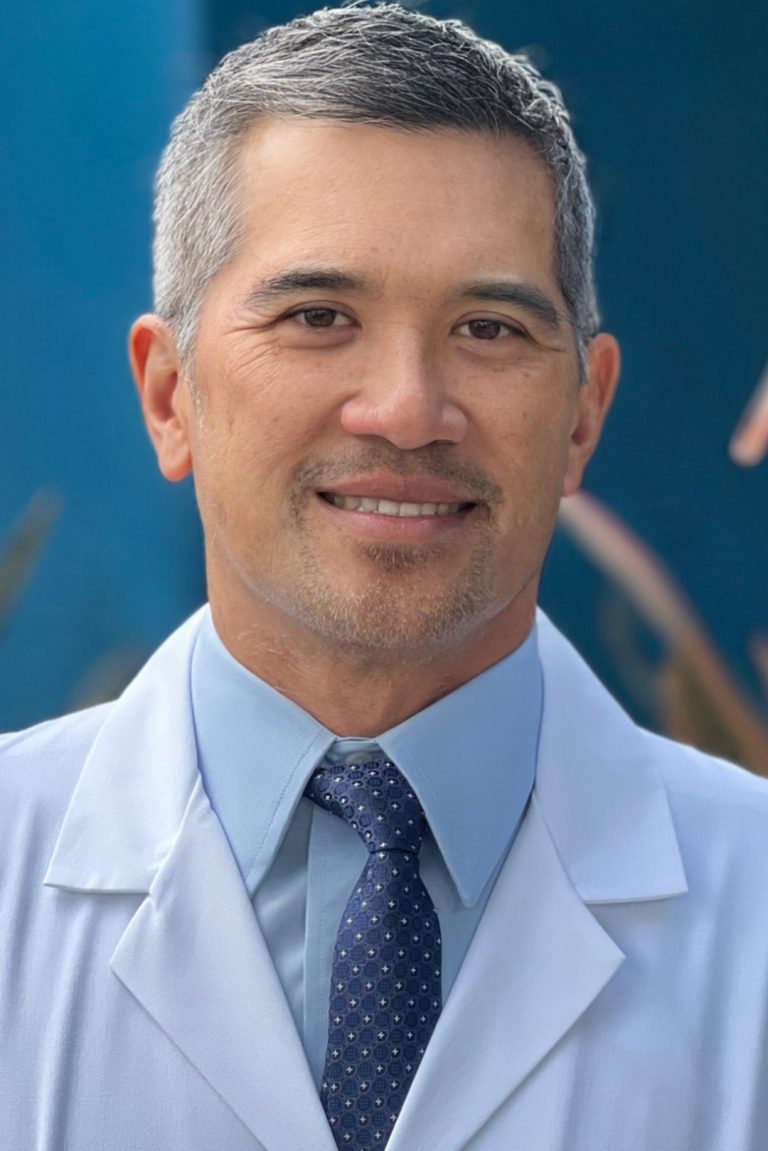by Dr. Edison De Mello
October 2008 Issue of Akasha Center Newsletter
In the past few months I have been asked this question by many of my patients
some of whom are deeply concerned. Is it true? Are there dangerous levels of
prescription meds in or water and food supply? While it is true that the amount
of dumping of prescription medication in our water supply has significantly
increased in the last two decades the questions of whether or not the amount
found in our drinking water has reached dangerous proportions has not yet been
“proved” . At least this is what the scientific community has claimed. As a
physician, patient, son and a father who has seen the proportion of allergies and
other illnesses mysteriously appear in my own family, I disagree. Here is why.
Although investigators have gathered enough evidence of increased numbers of
hormones, antibiotics and antidepressants among others in our water system
some authorities are reassuring the public that the amounts are minuscule to
affect our health. Yet toxicologists have stated that contaminants “could” affect
fish, vegetables and wildlife, and hence contribute to the severe problem of
antibiotic resistance. Confused by now? You should be because the statements
are nothing but confusing. We have certainly seen the reports recommending
that we do not eat fish known for having an increased amount of mercury in
their system. Wouldn’t then the same argument for increased levels of other
toxins in our food supply also apply?
What is it that we know so far that is TRUE and not confusing? We know a lot.
For starters we know that pharmaceuticals personal care products as pollutants
have been a concern since the 1980s (1). Drugs enter the environment and
therefore our bodies first by of course ingestion, then excretion and washings
and – here lies the problem – by disposal into the sewage. In other words,
flushing them down the toilette. These drugs get into the water supply both as
human waste and when flushed directly down the toilet. This has become such
an area of concern that to limit inappropriate access to prescription medications
and environmental pollution, the White House Office of National Drug Control
Policy (ONDCP), the Department of Health and Human Services (HHS), and the
Environmental Protection Agency (EPA) jointly published new guidelines for
proper disposal of prescription drugs in February of 20072 ( See information
below) At the same time, the American Pharmacists Association (APhA) also
published similar guidelines on proper drug disposal.3 While the focus of these
guidelines is consumer pharmaceutical waste; improper disposal of
pharmaceutical waste from healthcare facilities is also a concern.
The APhA guidance on proper medication disposal recommends crushing solid
medications or dissolving medications (solid or liquid) in water and mixing with
kitty litter or another unpalatable substance before placing in a sealed plastic bag
for disposal. (4) APhA also recommends removing and destroying all personal
information (e.g., prescription label) from the medication container before
throwing the container in the trash.3
Some environmental experts disagree with these recommendations, advising
consumers instead to dispose of unwanted medications in their original
prescription containers with any identifying information removed, and to not
flush any medications, even if the patient information instructs otherwise.4 For
now, healthcare providers should recommend patients follow the new ONDCP
guidelines. These are the only existing federal patient guidelines and seek to
balance environmental and drug diversion concerns.
Although at this time, pharmaceutical take-back programs are limited in the U.S.
State and local efforts continue to push legislation to provide take-back
programs and encourage proper disposal of unwanted medications.5 In Maine,
for instance, a state take-back program has been in place for over a year
including a registry of unused medicine to track, sort, and quantify the
medications recovered in these efforts.6 Washington state also recently
implemented a pilot pharmaceutical take-back program(7,8). Modeled after one
in British Columbia, Canada which was established by pharmaceutical
companies in 1996, the Washington state program is thus far proving to be very
effective as well.(9,10)
So what do we as consumers need to do to help minimize this health hazard and
take care of our beautiful planet. It can be very simple. Follow the established
guidelines. After all even if we as a race disagree with the fact that we are an
overpopulated planet in dire need of changing our ways of interacting with
environment, we know one thing, the planet can no longer take the amount of
abuse we are inflicting on it. Each little step is a big step when it comes to
changing the way we “have always done “ things” here at home.
Please discuss these issues with your practitioner at our Center and consider
sharing this information with as many of your friends and families as possible. If
in doubt of how to dispose of your meds properly bring them to the center and
we will gladly assist you.
And while on the subject of detoxification, I have seen amazing results in
patients undergoing a well supervised detox food and sugar programs. Both our
women’s program under the Direction of Drs Maggie Ney, ND and Dr. Melanie
Gisler, DO as well as the men’s clinic under the Direction of Dr. Myles Spar have
designed specific program s tailored for individual patient’s needs. Our goal is
simple: keep patients healthy through a sound and realistic natural health
program. By doing so, chronic disease is minimized and prescription medication
is reduced. As a result, less medication will need to be disposed.
Please follow the guidelines for drug disposal below
Edison de Mello, MD, PhD
Medical Director
Proper Disposal – Consumers (Source… Precribers letter – White house office of National Drug control Policy (ONDCP)
The new federal prescription drug disposal guidelines urge consumers to:
- Take unused, unneeded, or expired prescription drugs out of theiroriginal containers and throw them in the trash.
- Mix the prescription drugs with an undesirable substance, like used coffee grounds or kitty litter. Putting them in impermeable, non-descript containers, such as empty cans or sealable bags, will further ensure the drugs are not diverted.
- Throw these containers in the trash.
- Flush prescription drugs down the toilet only if the accompanying patient information specifically instructs doing so.
- Take advantage of community pharmaceutical take-back programs that allow the public to bring unused drugs to a central location for proper disposal.
Some communities have pharmaceutical take-back programs or community solid-waste programs that allow the public to bring unused drugs to a central location for proper disposal. Where these exist, they are a good way to dispose of unused pharmaceutical
Reference:
- Daughton CG. Cradle-to-cradle stewardship of drugs for minimizing their environmental disposition while promoting human health. I. Rationale for and avenues toward a green pharmacy. https://www.epa.gov/esd/bios/daughton/green1.pdf. (Accessed July 12, 2006).
- What’s the best way to dispose of medications? Pharmacist’s Letter/Prescriber’s Letter 2004;20(4):200415.
- Office of National Drug Control Policy. Executive Office of the President. Teens and prescription drugs. An analysis of recent trends on the emerging drug threat. February 2007. https://www.mediacampaign.org/teens/brochure.pdf. (Accessed March 11, 2007).
- Office of National Drug Control Policy. Proper disposal of prescription drugs. February 2007. https://www.whitehousedrugpolicy.gov/publications/pdf/prescrip_disposal.pdf (Accessed March 20, 2007).
- Anon. APhA provides guidance on proper medication disposal. Use with respect and discard with care. February 14, 2007.
- National Association of Pharmacy Regulatory Authorities (NAPRA). “Recycling” and disposal of dispensed drugs. www.napra.org/docs/0/97/194/184.asp. (Accessed July 12, 2006).
- Anon. Pharmaceutical waste: disposing of unwanted medications. Minnesota Pollution Control Agency. https://www.pca.state.mn.us/publications/w-hhw4-54.pdf. (Accessed July 11, 2006).
- Gressitt S. Getting rid of unusual drugs a step to safety. June 16, 2006. https://www.mainebenzo.org/documents/BangorDailyNewsdrugdisp.pdf. (Accessed July 12, 2006).
- American Pharmacists Association. Re-distribution of medications. APhA Policy Committee background information. November 2006.
- American Society of Consultant Pharmacists. Conflicting information, regulations add confusion to the drug disposal question. The ConsultantPharmacists. https://www.ascp.com/publications/tcp/1997/sep/letters.html. (Accessed March 6, 2007).

















